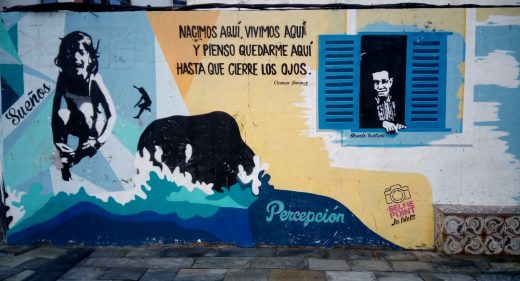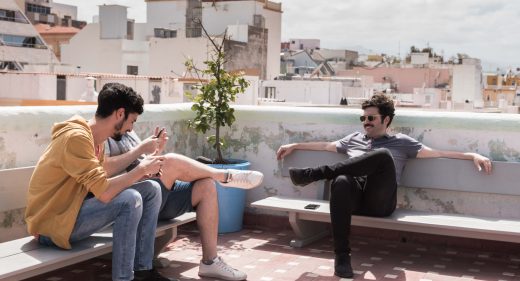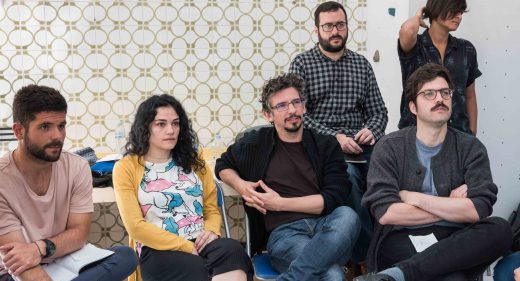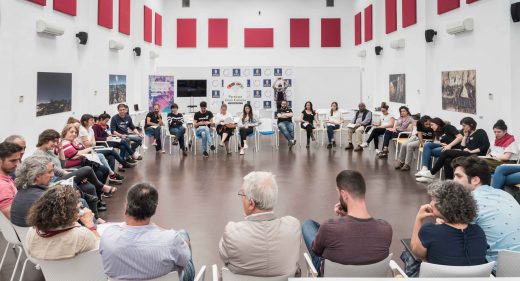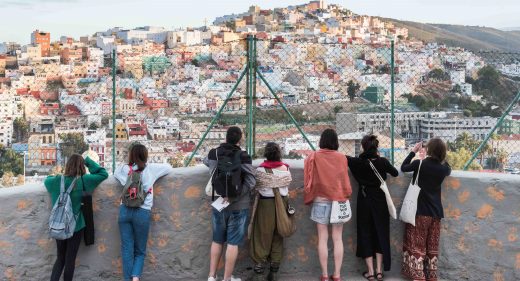To be, to seem. They are predicative verbs, of which they need a predicate, a continuation, a direct complement to understand each other and give each other meaning. I can’t just be, I can’t just look.
It looked like an oasis that island in the days that lasted the Glocal Camp. A parenthesis in daily life. As if, suddenly, we had to unlearn part of the vices acquired. As if it were much more than a meeting of like-minded people, of postmodern hippies who share their time between their love of beer or Autocad, and the desire to change the world.

